I am currently looking at the datasheet of a LED and have snipped out the passage of interest.
 The question is how do I find out the intensity I can reach at a specific temperature/current by using the these curves?
The question is how do I find out the intensity I can reach at a specific temperature/current by using the these curves?
Assuming I have an high ambient temperature of let´say 80°C, the current derating curve (current versus Temperature) would tell that I can´t drive the LED with more than approximately 8mA.
Looking at the Intensity versus current, I can see that at 8mA, I can expect about 0.4 of relative Intensity. Fine so far.
Now what about the relative intensity via temperature curve? Do I have to consider the effect described in this curve separately to the derating done so far? Means at 80°C, I only have 0.5 of relative intensity, so I had 0.4 before, so combining would lead to 0.4*0.5 = 0.2 of relative intensity at 80°C and 8mA.
That seems really low. Is the interpretation I have described correct or did I considere some effect(s) twice?